ABERDEEN PROVING GROUND, Md. (Aug. 25, 2020) — Army Futures Command (AFC) is assessing commercial communications technologies that will be integrated in the next generation of command posts.
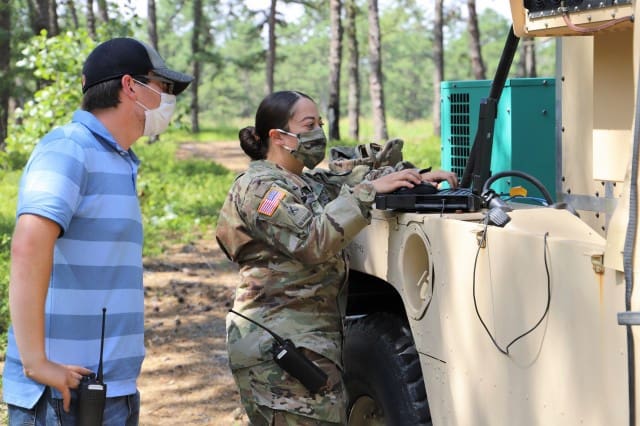
The Command, Control, Communications, Computers, Cyber, Intelligence, Surveillance and Reconnaissance (C5ISR) Center — a component of AFC’s Combat Capabilities Development Command — is leading this effort during the Network Modernization Experiment 2020 (NetModX 20), which began last month and will run through Oct. 2 at Joint Base McGuire-Dix-Lakehurst, New Jersey.
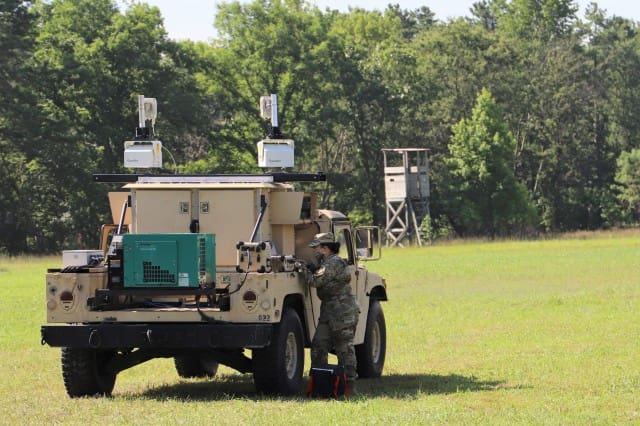
Scientists and engineers, accompanied by Soldiers serving as advisers, are conducting experiments using millimeter wave technologies. Their intent is to adapt commercially available solutions that will reduce the enemy’s ability to detect the communications systems’ “noise,” or tell-tale electronic signature; withstand the adversaries jamming attempts; and make it easier to quickly relocate the command post — staying one step ahead of the enemy.
“The work to identify, test and militarize robust communications is critical for command post dispersion and mobility,” said J. Tyler Barton, C5ISR’s lead for Command Post Concepts. “Our goal is to help the Army determine which system specifications are needed to provide an effective operational capability so they can decide which to procure for upcoming command post integrated infrastructure (CPI2) experimentation and operational assessments.”
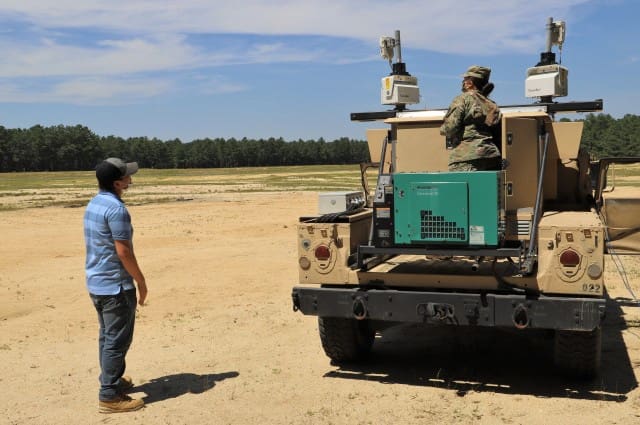
The initiative supports the C5ISR Center’s technology transition partner, the Army’s Product Manager CPI2, and contributes to the Army’s long-term objectives to design, test and field a cohesive command post structure with a reduced footprint that will replace large, tent-based command posts.
NetModX 20 CPI2 experiments will build on laboratory experiments conducted at Aberdeen Proving Ground, Maryland, earlier this year. Researchers will learn more about the systems’ ability to communicate effectively with a low probability of intercept and detection. They will also examine whether a system can avoid disruption and jamming or identification and targeting from near-peer threats.
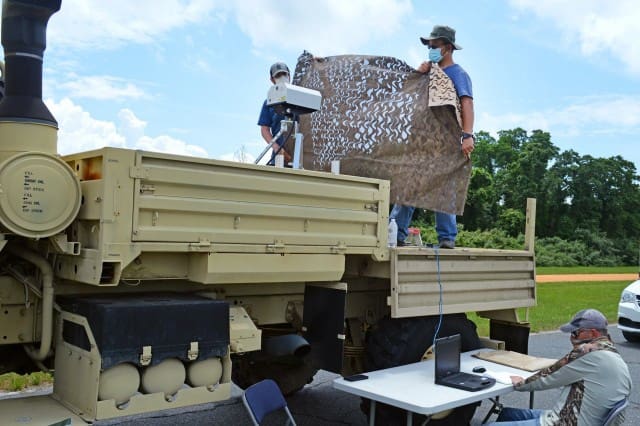
According to Joseph Saldiveri, interim project lead for NetModX 20, this type of field-based experimentation can change the trajectory of a project’s development and lead to a “more robust, flexible and relevant solution when the project is ready for operational testing.”
“It’s important to bring technologies out of the lab and into the field environment … because experiments in the field often yield different results than experienced in the lab,” he said.
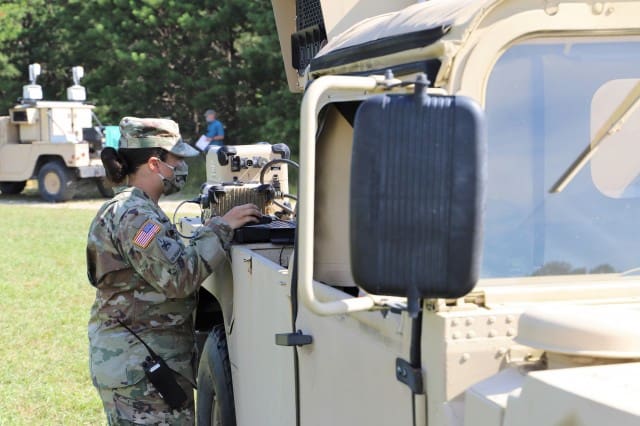
Paul Tardy, PdM CPI2’s futures and lead systems engineer, also spoke about the significance of the experimentation environment.
“Iterative Soldier touch points, such as NetModX, are essential as the Army matures technologies and gets highly relevant new and enhanced capabilities procured and into the hands of the Soldier,” he said.
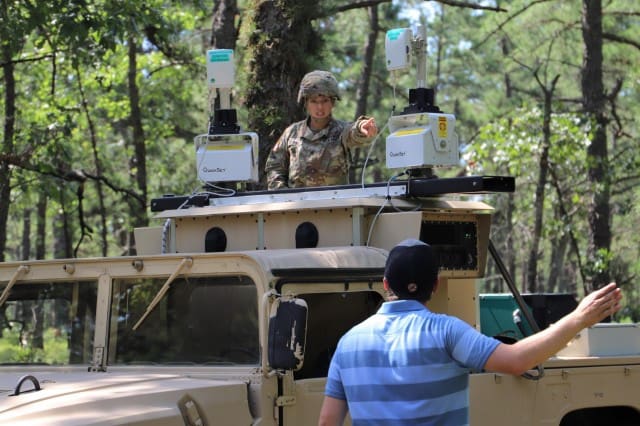
Following NetModX, the tested systems will transition to the Army’s Project Manager Tactical Network, which will supply a complete wireless network capability and integrate the systems into CPI2.
“These technologies will bridge the gap between commercial off-the-shelf technology and longer-range science and technology project areas to leverage for near-term quick wins for the Soldier,” Tardy said.

Barton and Tardy encourage industry and government representatives interested in aligning their command post efforts with Army’s to participate in the Army Network Capability Set 23 technical exchange meeting Sept. 2. Additional information about the event is available at go.usa.gov/xG3Kk under opportunity listing “W15P7T-20-R-TEM5.”
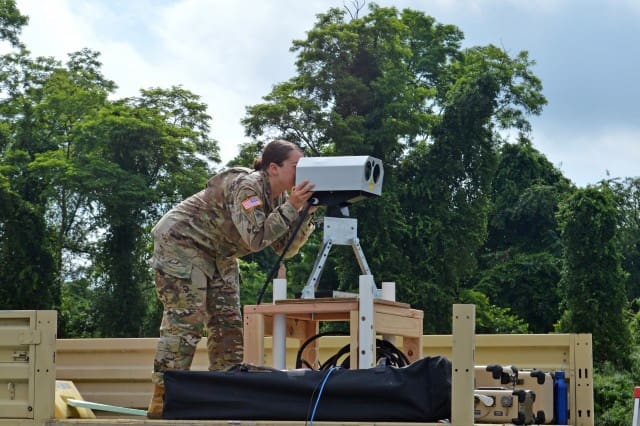
Story by Dan Lafontaine, C5ISR Center Public Affairs
Photos by Jasmyne Douglas, C5ISR Center Public Affairs


Better believe the bosses aren’t interested in not taking a missile in the ass. I predict this program gets LOTS of funding.
I tend to doubt they will be willing to give up the 50 mile or 5000 mile screwdriver. Could be wrong, but I don’t think the senior leadership gets what might happen on day 1 of a major war, at least not a visceral level. Unlike the US, our opponents didn’t decide to get rid of EW for most of this century.
Exactly. Don’t want a big signature? Give up your insatiable appetite for data and endless reporting/directed command leadership styles.
I think it is a little of both. Overall less data and wattage being pumped into the sky AND Newer, smarter, updated tech that minimizes and masks those signatures.
Additionally this is ALL for not, if it takes a dozen guys and 3 FMTVs to unload and set up. CPs need to be light and highly mobile. A single truck with all the tech built in and can CP on the move. Think tactical RV. EW signatures are a hell of a lot harder to fix, if they are mobile. That complicates any future kill chain.